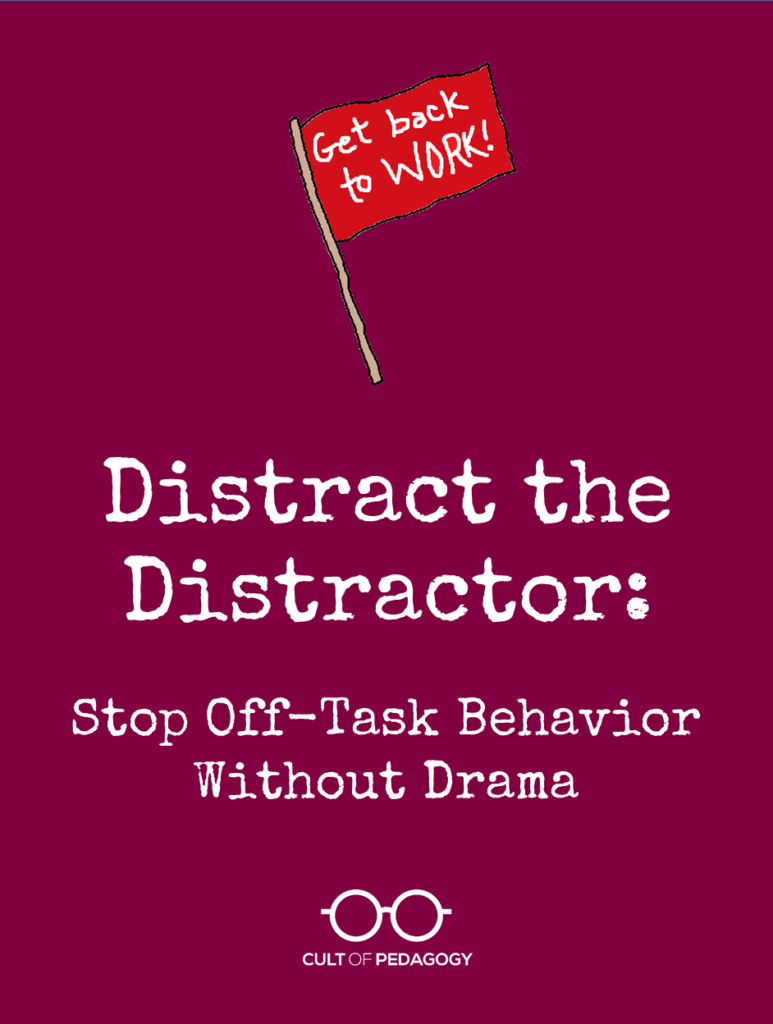Distract the Distractor: Stop Off-Task Behavior Without Drama

Lots of monster-sized discipline problems start with a single off-task behavior. If you put a damper on those little behaviors, you’ll keep a lot of big ones away, too.
It starts so simply: Instead of doing his silent reading, a boy at table 3 leans over and whispers to the kid next to him. At a training session, two participants scroll through their phones instead of listening to you. During soccer practice, one of the girls you coach starts bouncing the ball off her butt.
These small, off-task behaviors happen all the time. Depending on how you handle them, they could either go away or escalate into a full-scale blowup. In this video, I’ll describe a small but powerful classroom management technique called “Distract the Distractor,” where instead of calling attention to the off-task behavior, you re-engage the student with a content-based question:
Not all discipline problems can be prevented with this technique; some students arrive in a mood that will not be diffused, no matter what. And there’s no substitute for the tried-and-true combination of engaging lessons and good student-teacher relationships. But even in the best of circumstances, kids and adults alike can get distracted. This method is a good addition to your bag of tricks, something that can de-stress your teaching environment and give you and your students more time for learning. ♦
[Note: The name “Distract the Distractor” comes from the book Opportunities and Options in Classroom Management (Pearson, 2003), by Patricia Kyle and Lawrence Rogien.]
If you found this post useful, I’d love to have you come back for more. Join my mailing list and get weekly tips, tools, and inspiration — in quick, bite-sized packages — all geared toward making your teaching more effective and joyful. To thank you, I’ll send you a free copy of my new e-booklet, 20 Ways to Cut Your Grading Time in Half. I look forward to getting to know you better!